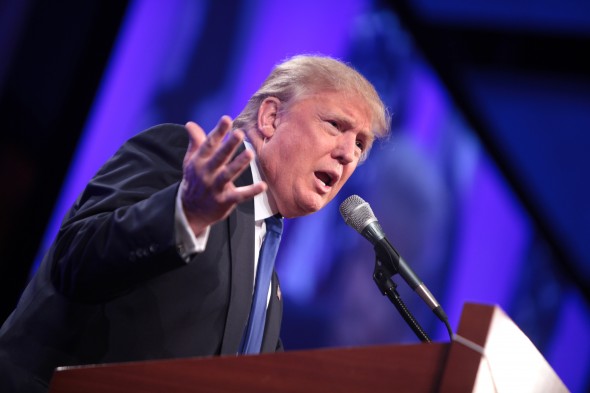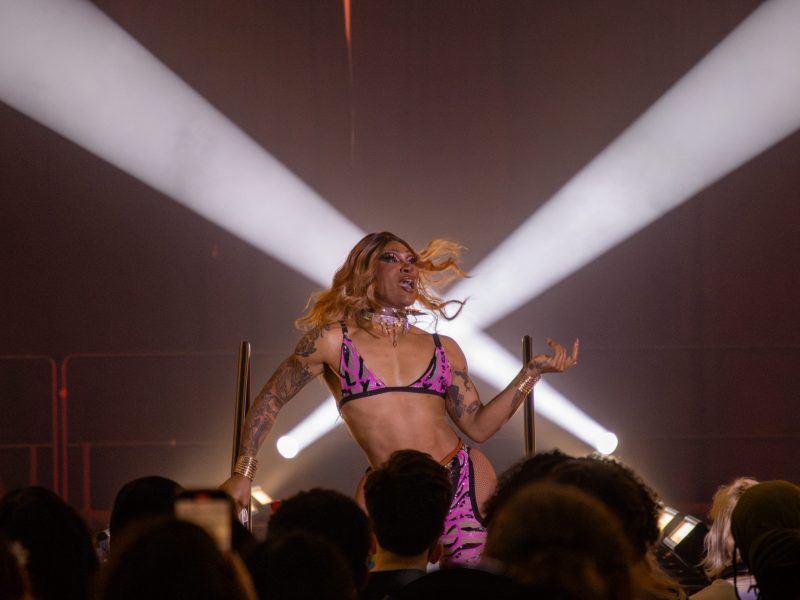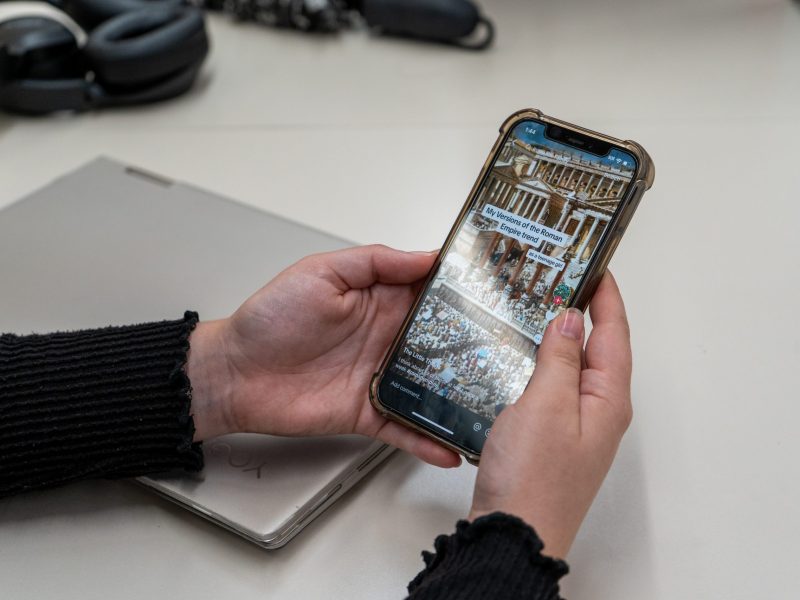According to Donald Trump, his 1987 book The Art of the Deal is the best-selling business book of all time. According to the type of people who check those things, it probably isn’t.
Of course, that doesn’t mean the book, which is co-written by journalist Tony Schwartz, wasn’t a huge success. When it was released in the late ’80s, it spent 51 weeks on the New York Times‘ bestseller list, thanks in part to the real-estate mogul’s burgeoning celebrity status.
But since that stretch of time, when The Art of the Deal was the most famous non-building thing to bear the Trump name, the book has never been more relevant than it is right now. Part memoir, part how-to-be-me instruction manual, it’s a glance into the mind of pre-presidential, pre-Apprentice Trump.
Spoiler: He’s pretty much the same guy.
Many critics of the Republican front-runner have been quick to write about the “reality TV” nature of his presidential run. The comparison is valid. Trump’s showmanship and relative harshness on the campaign trail could be (and are) staples on network television. But the roots of his flamboyantly fantastic behavior go far beyond his days on The Apprentice. In fact, in the book’s first few chapters, Trump spelled out what would later become his entire campaign strategy nearly 30 years later.
“One thing I’ve learned about the press is that they’re always hungry for a good story, and the more sensational the better,” he wrote. “The point is that if you are a little different, or a little outrageous, or if you do things that are bold or controversial, the press is going to write about you.”
Even as early as the ’70s, it wasn’t just an idea to Trump. The book highlights his first dealings with the press and his attempt to create the larger-than-life persona he still wears today. From the extravagant buildings he developed (and named after himself) to the angry letters he wrote to critics (while simultaneously claiming not to take them seriously), the foundations of Trump, who would later reference his penis size on a debate stage, were already in place.
“The final key to the way I promote is bravado. I play to people’s fantasies,” Trump suggested to the thousands of business hopefuls who would read his book. “People may not always think big themselves, but they can still get very excited by those who do. That’s why a little hyperbole never hurts.”
But perhaps more interesting in The Art of the Deal is that, general egocentrism and obsession with extravagance aside, the Trump who appears in the book actually seems more presidentially viable than the one who is currently running for president. For a candidate whose platform seems to stick to the single, grandiose mission statement of “make America great again,” Trump’s recollections of his business deals, large and small alike, are strikingly detailed, describing the inner workings of big-city real estate for an audience that likely will never spend $2 million on an 80-foot indoor waterfall. His apparent mastery of relationships among businesses, government and the press seem more legitimate on the pages of the book than they ever have in numerous debate brags about his business prowess. The book’s title isn’t just more of Trump’s hyperbole; he actually seems to treat business like an art.
It’s entirely possible that Trump only comes across as something of a (still pretty unprofessional) professional in his book because of Schwartz’s influence and the editing process. But it’s also possible that Trump’s attention to detail just didn’t make the jump from business to politics, a field he seems to have a less than substantial amount of respect for in The Art of the Deal.
“I discovered, for the first time but not the last, that politicians don’t care too much what things cost,” he quipped about the New York politicians he dealt with regularly. “It’s not their money.”
But as Trump moves closer and closer to becoming the Republican nominee for president, he’s now one of those politicians, like it or not. And while he might have left his passion for details in the ’80s (along with his less-orange skin), The Art of the Deal makes it clear that the uglier parts of his always-controversial personality have survived intact.
Is he still fond of calling people losers?
Does he still like to generalize entire groups of people?
Is he still generally rude and mean to people who are in his way?
Absolutely.
The Art of the Deal stars a Trump at either his rawest or most filtered, depending on how you look at it, but it does provide some interesting insight into the type of president he would be. Under all the gaudy glamour, brash behavior and questionable character, there’s definitely a man with some intelligence and savvy. But if it can barely be found in almost 400 pages of scheming, plotting, and bragging about scheming and plotting, then good luck finding it in time for Election Day.



